Home>Furniture>Outdoor Furniture>How To Prevent Patio Furniture From Blowing Away
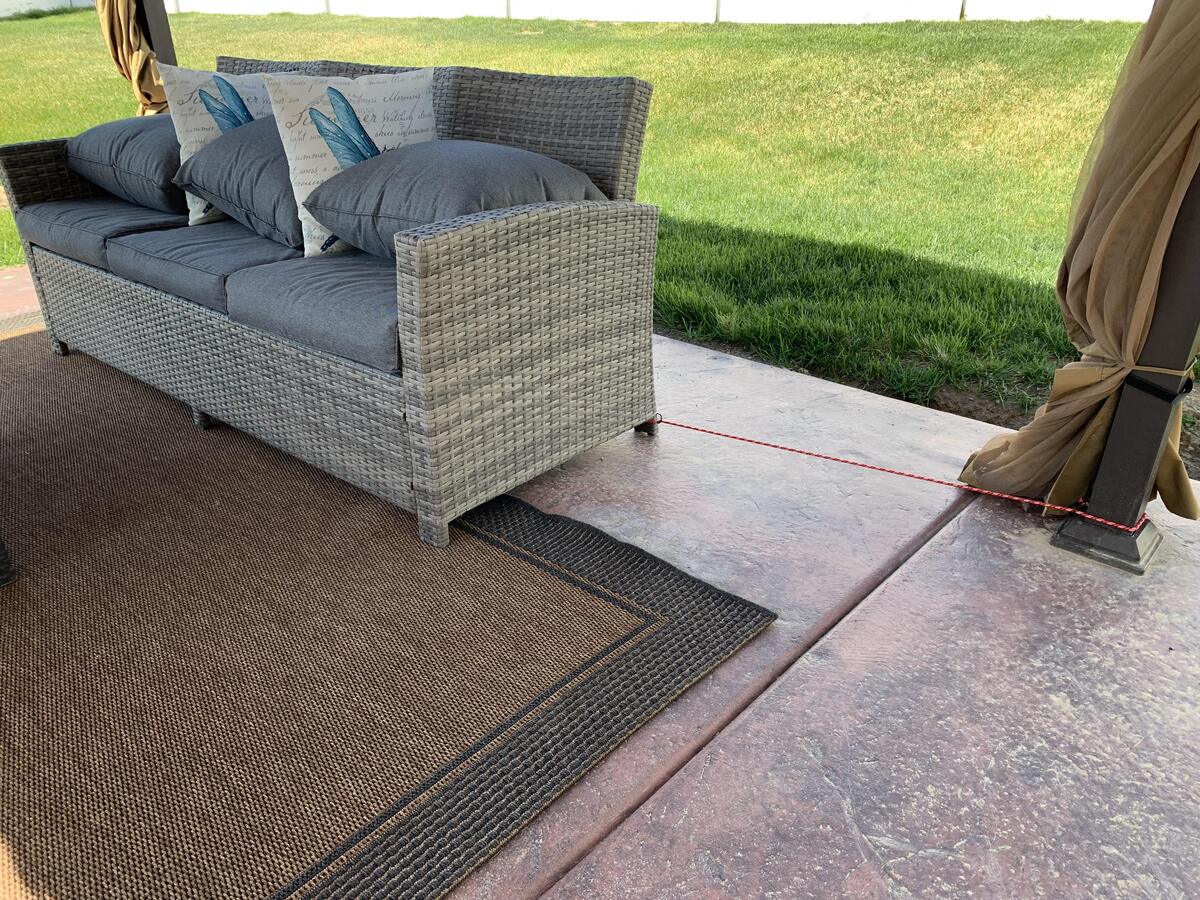

Outdoor Furniture
How To Prevent Patio Furniture From Blowing Away
Modified: August 28, 2024
Keep your outdoor furniture safe and secure with these tips on how to prevent patio furniture from blowing away. Protect your investment and enjoy the great outdoors without worry.
(Many of the links in this article redirect to a specific reviewed product. Your purchase of these products through affiliate links helps to generate commission for Storables.com, at no extra cost. Learn more)
Introduction
When it comes to enjoying your outdoor space during the summer months, having a comfortable patio furniture set is essential. However, strong winds can quickly turn your relaxing oasis into a chaotic mess. Nobody wants to see their chairs, tables, or even their beloved umbrella blowing away in a gust of wind.
Fortunately, there are several effective methods you can use to prevent your patio furniture from blowing away. By taking some proactive steps and implementing proper anchoring techniques, you can ensure that your outdoor furniture stays securely in place, even during windy conditions. In this article, we will explore various strategies and methods to keep your patio furniture grounded and secure.
Key Takeaways:
- Keep your patio furniture secure by using weights, tie-down straps, or furniture covers to prevent it from blowing away during windy conditions. Assess your furniture’s weight and materials to determine its susceptibility to wind.
- Create a more protected environment for your outdoor furniture by using windbreaks, barriers, and bringing it indoors during severe storms. Regular maintenance and investing in sturdy furniture are key for long-term care.
Assessing Your Patio Furniture
Before you implement any anchoring method, it’s important to assess your patio furniture to determine its susceptibility to high winds. Examine the construction and materials of your furniture to gauge its stability. Here are a few key factors to consider:
- Weight: Heavier furniture is generally less likely to be blown away by strong winds. Cast iron, teak, or wrought iron furniture tends to be heavier and more stable compared to lightweight aluminum or plastic options. Keep this in mind when selecting your outdoor furniture.
- Size and Shape: Furniture with a low profile and a wide base is usually more resistant to wind. Consider furniture that is wider at the bottom or has a lower center of gravity to provide better stability.
- Umbrellas and Canopies: If you have umbrellas or canopies, ensure they are made of sturdy materials and securely anchored to prevent them from being lifted by the wind.
By understanding the characteristics of your patio furniture, you can determine the level of reinforcement required to keep it in place during windy conditions. Let’s explore some effective anchoring methods to ensure the stability of your outdoor furniture.
Anchoring Methods for Patio Furniture
There are various anchoring methods you can employ to secure your patio furniture and prevent it from blowing away. Let’s take a look at some effective options:
- Using Weights or Sandbags: One of the simplest ways to anchor your patio furniture is by using weights or sandbags. Place heavy weights, such as concrete blocks or large stones, on the base or legs of your furniture to provide added stability. Alternatively, you can use sandbags, which can be easily adjusted and positioned to suit your needs. These added weights will help to counterbalance the upward force of strong winds.
- Using Tie-Down Straps or Bungee Cords: Tie-down straps or bungee cords are another effective way to secure your patio furniture. Wrap the straps or cords around the legs, corners, or arms of your furniture and then anchor them to a fixed structure, such as a railing or fence. This will help to prevent your furniture from being lifted or moved by strong winds. Make sure to use high-quality, weather-resistant straps or cords for optimal results.
- Utilizing Furniture Covers or Tarps: In addition to protecting your furniture from the elements, furniture covers or tarps can also serve as a means of anchoring. Securely attach the covers or tarps to your patio furniture using ropes or bungee cords. The added weight and resistance provided by the covers will help keep your furniture in place during windy conditions.
- Creating Windbreaks or Barriers: Another effective strategy is to create windbreaks or barriers around your patio area. This can be achieved by installing fencing, privacy screens, or even strategically placed plants or trees. These barriers can help to divert and reduce the impact of strong winds, enabling your patio furniture to stay in place.
Remember to assess the specific needs of your patio furniture and choose the anchoring method that suits your furniture’s characteristics and the prevailing weather conditions in your area. The combination of different anchoring techniques may also provide increased stability and security.
Using Weights or Sandbags
One of the easiest and most straightforward methods to secure your patio furniture is by using weights or sandbags. This method is particularly useful for lightweight furniture sets or individual pieces that may be prone to being picked up by the wind.
To use this method, start by identifying the areas on your furniture that can accommodate the placement of weights. This can include the base or legs of chairs and tables, as well as the crossbars or support beams. Once you have identified these areas, consider the following options:
- Concrete blocks: Concrete blocks are a reliable and durable option for providing weight and stability. Stack them securely on the base or legs of your furniture, ensuring they are securely positioned. You can find concrete blocks at your local hardware store.
- Large stones: If concrete blocks are not available, large stones or rocks can serve as effective alternatives. Place them strategically on the furniture’s base or legs, focusing on areas that need added stability. Make sure the stones are solid and won’t roll off easily.
- Sandbags: Sandbags are easily adjustable and can be positioned to suit your furniture’s needs. Fill them with sand and place them on the base or legs, using the weight to prevent your furniture from being lifted or moved by strong winds. Sandbags can be purchased from home improvement stores, or you can make your own by using sturdy bags and filling them with sand.
When securing your furniture with weights or sandbags, ensure that they are properly positioned and secured to the furniture. Use strong ropes or bungee cords to tie them down, keeping them in place even during strong gusts of wind.
It’s important to note that while using weights or sandbags can provide stability, they may not guarantee absolute assurance in extreme weather conditions. Therefore, it’s always advisable to bring your patio furniture indoors or to a sheltered area if a severe storm is expected.
By utilizing weights or sandbags, you can add the necessary stability to your patio furniture, keeping it firmly anchored and preventing it from blowing away during windy conditions. This method is simple, affordable, and highly effective, providing you with peace of mind and allowing you to enjoy your outdoor space without worry.
Using Tie-Down Straps or Bungee Cords
Another effective method to secure your patio furniture and prevent it from blowing away is by using tie-down straps or bungee cords. This method provides a more secure and adjustable solution, allowing you to tightly fasten your furniture to a fixed structure, such as a railing or fence.
Here’s how you can use tie-down straps or bungee cords to secure your patio furniture:
- Start by identifying the areas on your furniture that can be securely fastened. This can include the legs, arms, backrests, or any other sturdy parts of the furniture that can handle the tension of the straps or cords.
- Measure the length of tie-down straps or bungee cords needed to reach from your furniture to the anchoring point. Ensure you have enough length to create a secure attachment.
- Wrap the straps or cords around the furniture’s designated areas, making sure they are snug and tight but not overly constricting. Avoid placing them directly on any delicate or vulnerable parts of the furniture.
- Anchor the straps or cords to a sturdy fixed structure, such as a fence, railing, or post. Ensure the anchoring point is strong and firmly secured to withstand the force of strong winds.
- Double-check the tightness and security of the connections between the furniture and the anchor point. Make any necessary adjustments to ensure a firm and stable attachment.
It’s important to choose high-quality tie-down straps or bungee cords that are durable and weather-resistant. Look for options specifically designed for outdoor use, as they will be more reliable and long-lasting. Make sure to regularly inspect the straps or cords for any signs of wear or damage and replace them as needed.
The advantage of using tie-down straps or bungee cords is that they provide a secure connection while still allowing some flexibility for movement. This is particularly useful during strong gusts of wind, as the furniture can sway slightly without being lifted or moved.
Remember to consider the design and structure of your furniture when using tie-down straps or bungee cords. Avoid placing excessive pressure on delicate or weak areas, as this may cause damage. It’s always a good idea to experiment with different attachment points and configurations to find the most secure and effective setup for your specific furniture.
By using tie-down straps or bungee cords, you can ensure that your patio furniture remains firmly secured, even in windy conditions. This method offers versatility and adjustability, allowing you to find the optimal level of attachment for your furniture while maintaining its stability and preventing it from blowing away.
Use heavy outdoor furniture or anchor lightweight pieces with sandbags or heavy-duty straps. Place furniture close to walls or under a pergola to provide wind protection.
Read more: How To Keep Patio Cushions From Blowing Away
Utilizing Furniture Covers or Tarps
In addition to protecting your patio furniture from the elements, utilizing furniture covers or tarps can also serve as an effective method to anchor your furniture and prevent it from blowing away.
Here’s how you can utilize furniture covers or tarps to secure your patio furniture:
- Choose high-quality furniture covers or tarps that are large enough to completely cover your furniture. Look for covers made of durable and weather-resistant materials that can withstand wind and moisture.
- Place the cover or tarp over your furniture, ensuring it is completely draped and covering all exposed surfaces.
- Secure the cover or tarp to your furniture using ropes or bungee cords. Tie them tightly around the edges of the furniture to create a snug fit. Alternatively, you can use clips or straps specifically designed for securing covers.
- Attach the other end of the ropes or cords to a fixed structure, such as a fence or railing. Make sure the anchor point is secure and can withstand the force of strong winds.
- Double-check the tightness of the cover or tarp, making any necessary adjustments to ensure a secure attachment. Avoid leaving any loose or flapping areas that can catch the wind.
Utilizing furniture covers or tarps not only helps anchor your furniture but also protects it from dirt, dust, and sun exposure, extending its lifespan. The added weight and resistance provided by the covers also contribute to the overall stability of the furniture, minimizing the risk of it being blown away.
Keep in mind that furniture covers or tarps may not be as effective as other anchoring methods in extremely strong winds or severe weather conditions. It’s always a good idea to monitor the weather forecast and bring your furniture indoors or to a sheltered area when a storm or high winds are expected.
Regularly inspect the covers or tarps for any signs of wear or damage, and replace them as needed to maintain their effectiveness in securing your patio furniture. Proper maintenance and care of your covers will ensure their longevity and reliability.
By utilizing furniture covers or tarps, you not only protect your patio furniture from the elements but also provide an additional layer of security, keeping your furniture firmly anchored and preventing it from blowing away. This method offers a practical and convenient solution for maintaining the stability and longevity of your outdoor furniture.
Creating Windbreaks or Barriers
Creating windbreaks or barriers around your patio area is another effective strategy to prevent your patio furniture from blowing away. These barriers serve to divert and reduce the impact of strong winds, providing a more protected environment for your outdoor furniture.
Here are some ideas for creating windbreaks or barriers:
- Fencing: Install a solid or sturdy fence around your patio area to create a physical barrier against strong winds. Choose a fence design that can withstand wind pressure without compromising its integrity. Solid wood or composite fences, as well as vinyl privacy fences, are excellent options for wind resistance.
- Privacy Screens: Privacy screens made of materials such as wood, bamboo, or metal can provide both privacy and wind protection. Place them strategically around your patio, focusing on the side facing the prevailing wind direction. This will help to deflect the wind away from your furniture.
- Outdoor Curtains: Install outdoor curtains on your patio that can be drawn closed during windy conditions. These curtains not only provide shade and privacy but also act as a wind barrier. Opt for heavy-duty outdoor curtains made of durable materials that can withstand wind gusts.
- Plants and Hedges: Planting tall shrubs, hedges, or trees around your patio area can create a natural windbreak. Choose varieties that are known for their wind-resistant properties, such as evergreen trees or shrubs with dense foliage. These natural barriers not only provide protection but also enhance the aesthetics of your outdoor space.
In addition to creating windbreaks or barriers, you can further enhance their effectiveness by combining different methods. For example, positioning a privacy screen alongside a row of tall plants can provide a double layer of wind protection.
It’s important to consider the specific layout and structure of your patio area when creating windbreaks or barriers. Take into account the prevailing wind direction and the potential sources of wind, such as nearby open spaces or buildings. Experiment with different positioning and configurations to determine the most effective placement of your windbreaks.
Keep in mind that while windbreaks and barriers can significantly reduce the impact of strong winds, they may not offer complete protection during severe weather conditions. Always monitor the weather forecast and take appropriate actions, such as bringing your furniture indoors, when a storm or high winds are anticipated.
By creating windbreaks or barriers around your patio area, you can create a more sheltered environment for your furniture, reducing the risk of it being blown away. These barriers not only provide valuable wind protection but also add visual appeal to your outdoor space.
Keeping Your Patio Furniture Secure during Storms
During severe storms or extreme weather conditions, it’s crucial to take extra precautions to keep your patio furniture secure. While the methods mentioned earlier can significantly reduce the risk of your furniture blowing away, certain storms may require additional measures to ensure their safety.
Here are some strategies to keep your patio furniture secure during storms:
- Bring Indoors: The most effective way to protect your patio furniture during storms is to bring it indoors or store it in a secure location. This includes chairs, tables, cushions, umbrellas, and any other removable parts. Ideally, place them in a garage, shed, or basement where they are shielded from the elements. If space is limited, try to at least bring in the smaller, more vulnerable pieces.
- Anchor Large Furniture: If you have larger furniture pieces that cannot be easily moved indoors, consider anchoring them to a fixed structure. Use heavy-duty tie-down straps, ropes, or bungee cords to attach the furniture to a stable object like a fence or post. This will provide extra stability and prevent them from being blown away.
- Store Cushions and Accessories: Remove and store any cushions, pillows, or other accessories that can easily get damaged by rain or strong winds. Place them in a waterproof storage container or bring them indoors to keep them dry and in good condition.
- Secure Umbrellas: Umbrellas are often susceptible to being lifted by strong winds. To secure them during storms, close and secure the umbrella tightly. Add additional weights to the umbrella base or use tie-down straps to keep it stationary. If possible, consider removing the umbrella and storing it indoors to prevent damage.
- Monitor Weather Conditions: Stay updated with weather forecasts and be prepared to take action if severe storms are predicted. When a storm is approaching, bring in any loose furniture or items that could be blown away. Additionally, consider temporarily removing lighter or fragile items, such as glass tabletops, that could be susceptible to damage.
Remember, the safety of yourself and your belongings should always be the top priority during severe weather. If the storm poses a significant risk, it’s best to err on the side of caution and take measures to secure your patio furniture and protect your property.
After the storm has passed, inspect your patio furniture for any damage or signs of wear. Clean and dry the furniture thoroughly before storing it or returning it to its usual outdoor setup.
By implementing these precautions and proactive measures, you can minimize the risk of damage to your patio furniture during storms and ensure its longevity and continued enjoyment for years to come.
Additional Tips and Considerations
When it comes to keeping your patio furniture secure and preventing it from blowing away, here are some additional tips and considerations to keep in mind:
- Regular Maintenance: Regularly inspect your patio furniture for any signs of wear, damage, or weakened components. Repair or replace any damaged parts promptly to maintain the overall stability and functionality of your furniture.
- Store Furniture in Winter: During the winter months or when you’re not using your outdoor furniture, it’s best to store it in a protected area. Extreme cold, snow, and ice can cause damage to your furniture, so storing it indoors or in a well-covered area will help to preserve its quality.
- Consider Wind Patterns: When arranging your outdoor furniture, take into account the prevailing wind patterns in your area. Position the furniture in such a way that it is less exposed to the typical wind direction, reducing the risk of wind damage.
- Invest in Sturdy Furniture: When purchasing patio furniture, opt for high-quality and sturdy pieces that are designed to withstand outdoor elements. Look for materials resistant to weather, such as aluminum, teak, or resin wicker. These materials are durable and less prone to damage from wind or moisture.
- Check Local Regulations: Before installing any permanent windbreaks or barriers, check with your local authorities to ensure you comply with any regulations or codes. Some areas may have specific requirements or restrictions regarding fencing or structures.
- Secure Loose Items: In addition to securing your patio furniture, don’t forget about any loose items in your outdoor space. Items such as planters, decor, or toys should be stored away or secured to prevent them from becoming projectiles during windy conditions.
- Monitor Weather Alerts: Stay vigilant and keep track of weather alerts or warnings issued in your area. This will allow you to take proactive measures in securing your patio furniture before a storm hits.
Remember, the ultimate goal is to create a safe and enjoyable outdoor space. By implementing these tips and considerations, you can minimize the risk of damage to your patio furniture, prolong its lifespan, and ensure a comfortable and secure outdoor experience for you and your guests.
Read more: How To Keep Patio Chairs From Blowing Away
Conclusion
Keeping your patio furniture secure and preventing it from blowing away during windy conditions is essential for both its longevity and your peace of mind. By assessing your furniture, utilizing anchoring methods, and implementing additional strategies, you can ensure the stability and safety of your outdoor furniture.
Assess the weight, size, and materials of your furniture to determine its susceptibility to wind. Choose furniture that is sturdy and weighted to better withstand strong gusts. For added stability, consider using weights or sandbags placed strategically on the furniture’s base or legs.
Alternatively, tie-down straps or bungee cords can be used to anchor your furniture to fixed structures, providing a secure connection that allows for some flexibility. Attach these straps tightly to prevent movement and use anchor points such as fences or posts.
Utilizing furniture covers or tarps not only protects your furniture from the elements but also offers an extra layer of security. These covers can be fastened securely and provide added weight and resistance to keep your furniture in place.
In addition, creating windbreaks or barriers around your patio area can help divert and reduce the impact of strong winds. Fences, privacy screens, and plants or hedges can all contribute to creating a more protected environment for your furniture.
During severe storms, it is advisable to bring your patio furniture indoors or to a sheltered area. If this is not possible, anchor larger pieces securely and remove any loose or fragile items that could be susceptible to wind damage.
Regular maintenance, storing furniture in the winter, and investing in sturdy pieces are all key considerations to keep in mind for the long-term care of your patio furniture.
By implementing these strategies and considering these tips, you can enjoy your outdoor space without the worry of furniture blowing away. Create a safe and secure environment for your patio furniture, allowing you to relax and enjoy your outdoor oasis for years to come.
Frequently Asked Questions about How To Prevent Patio Furniture From Blowing Away
Was this page helpful?
At Storables.com, we guarantee accurate and reliable information. Our content, validated by Expert Board Contributors, is crafted following stringent Editorial Policies. We're committed to providing you with well-researched, expert-backed insights for all your informational needs.
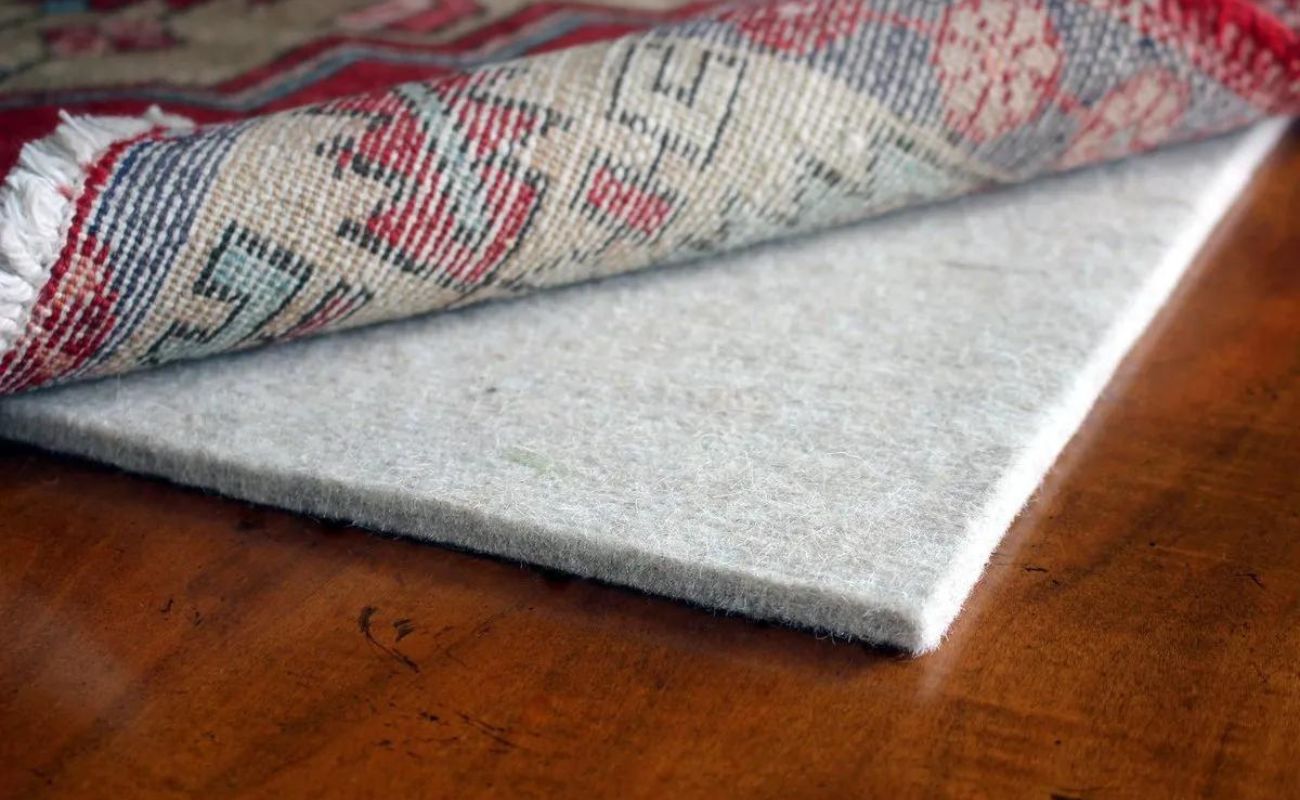
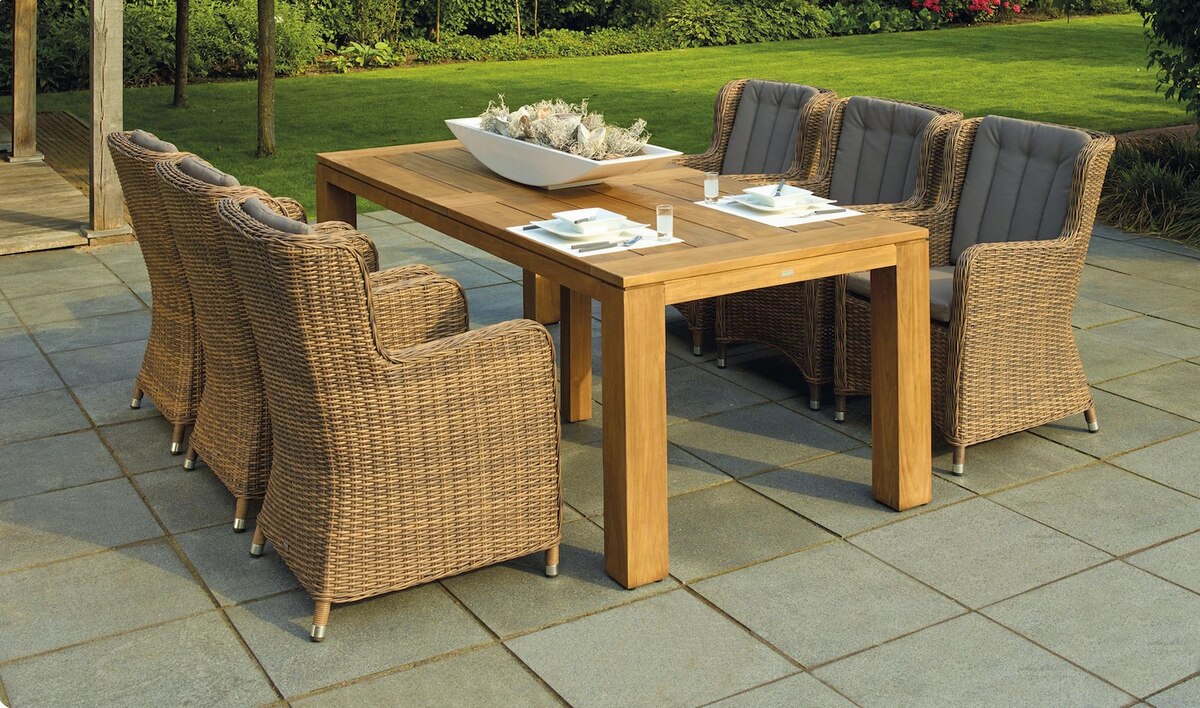
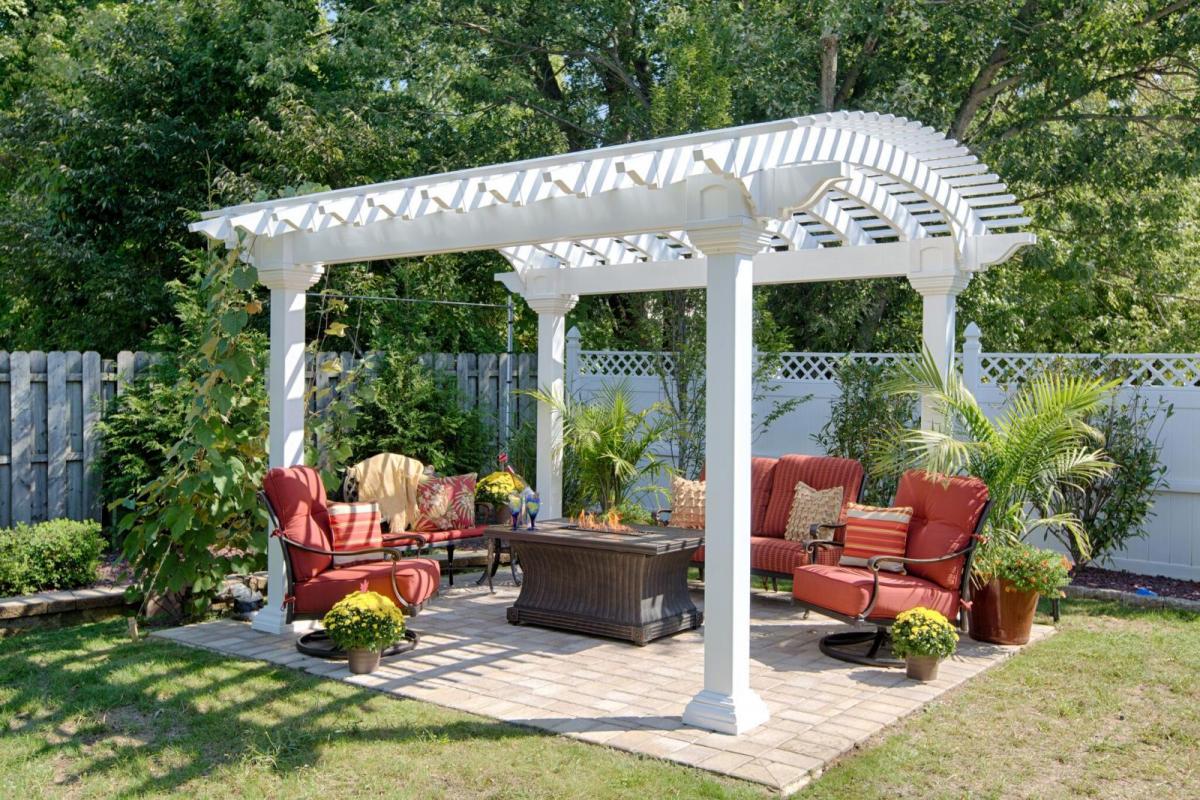
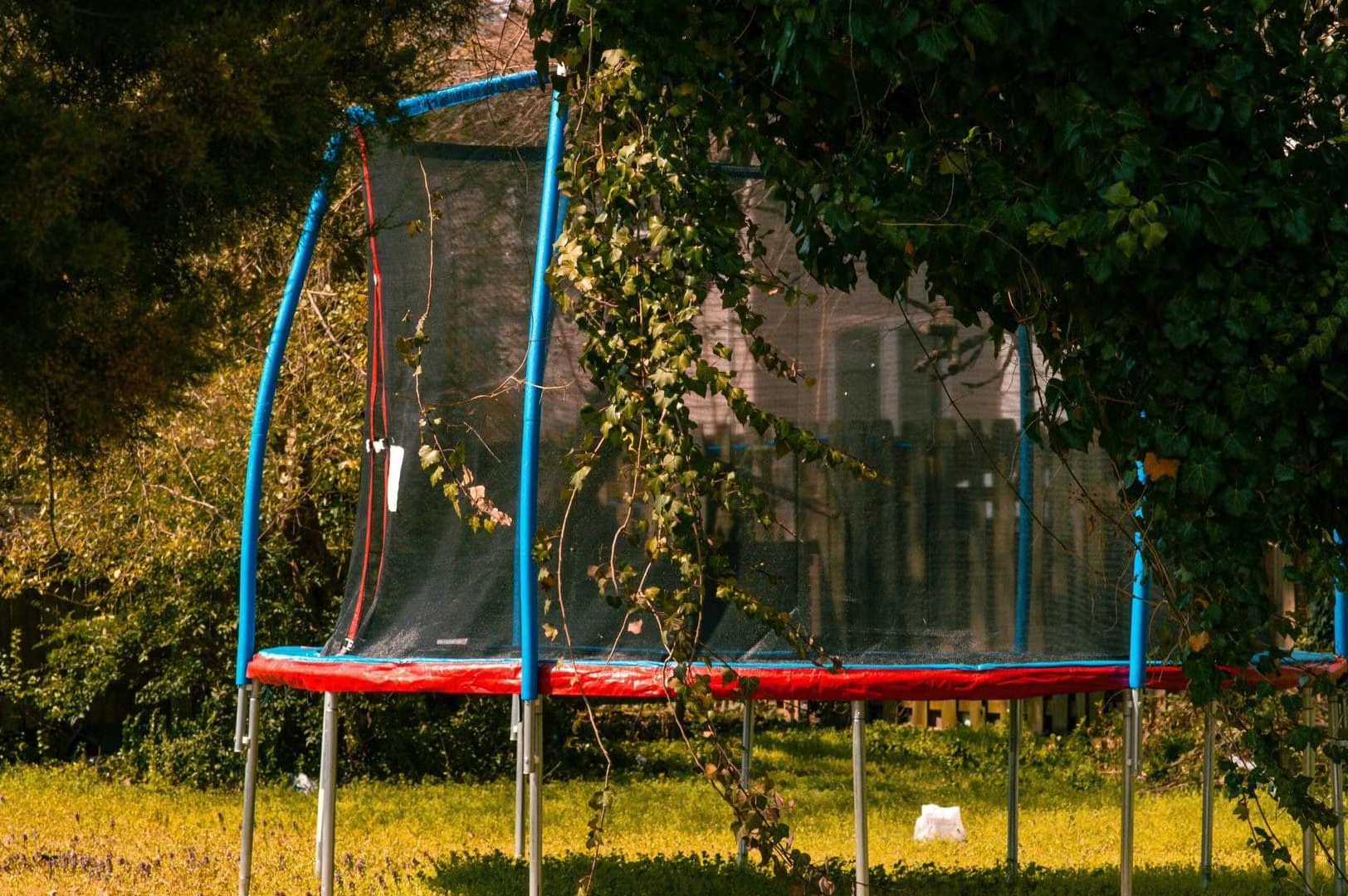
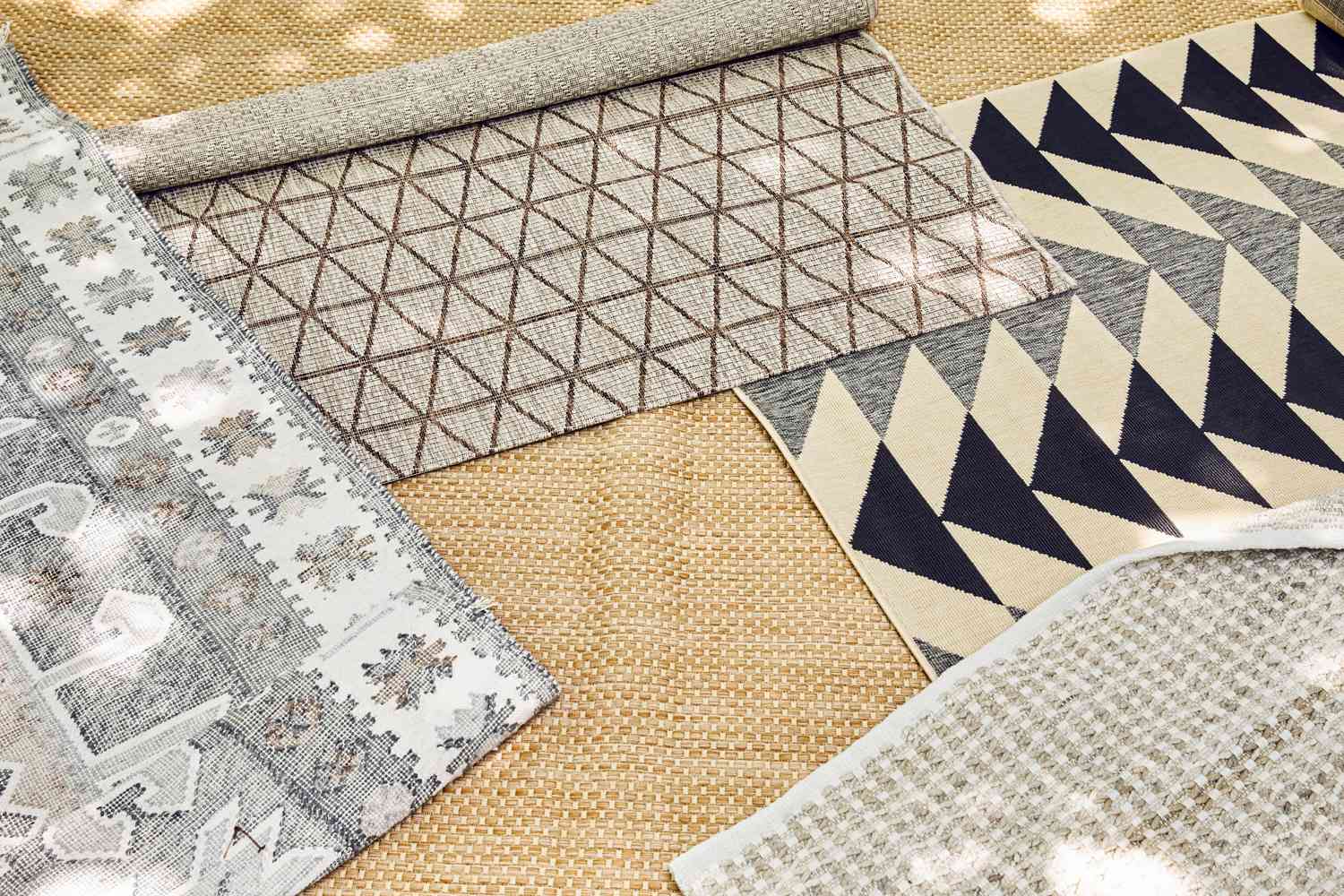
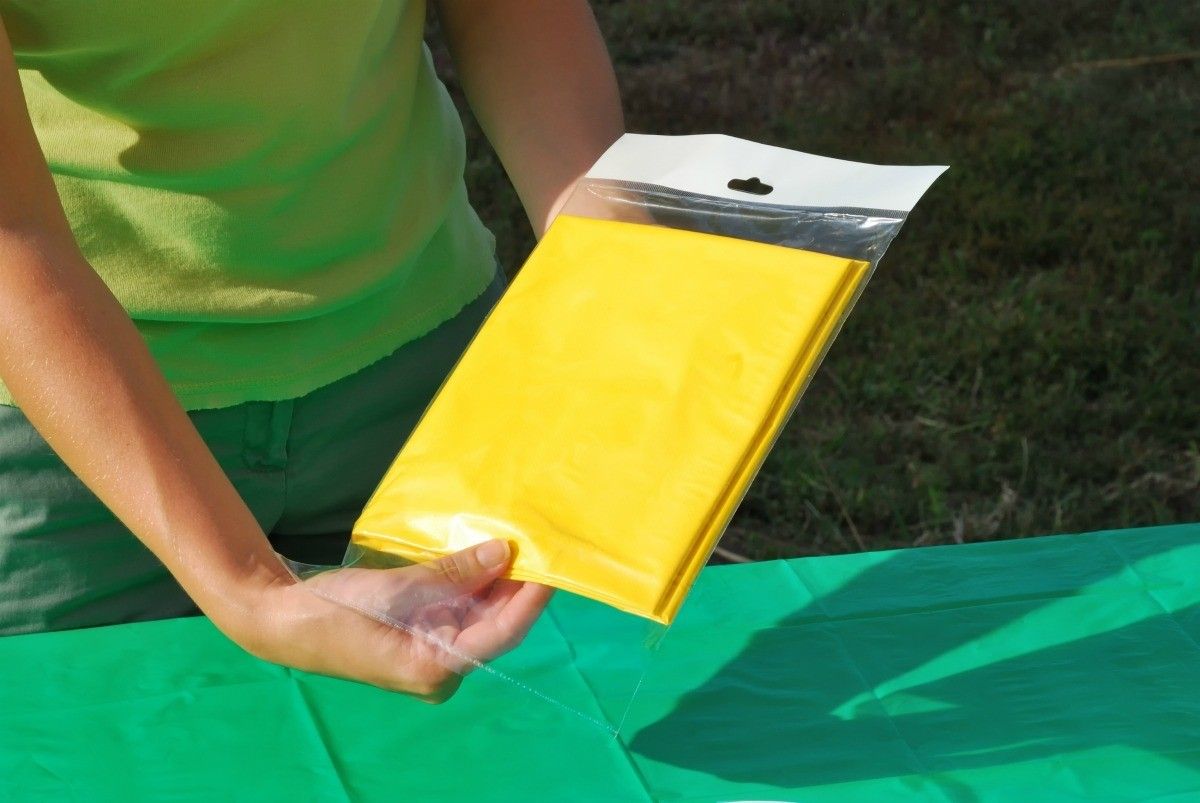
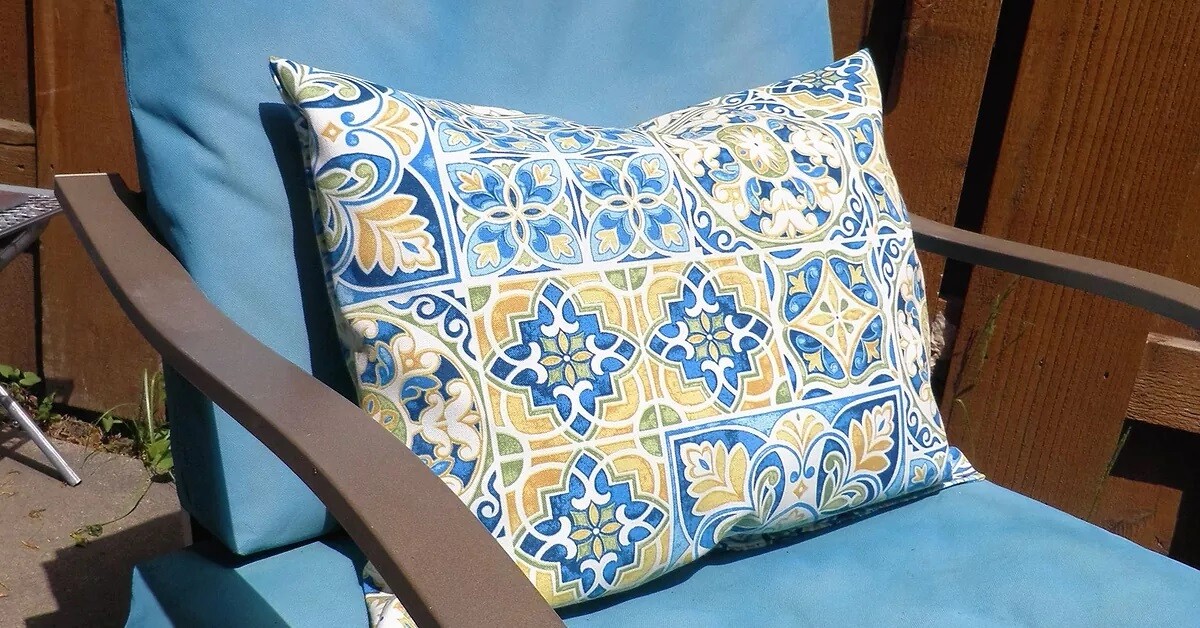
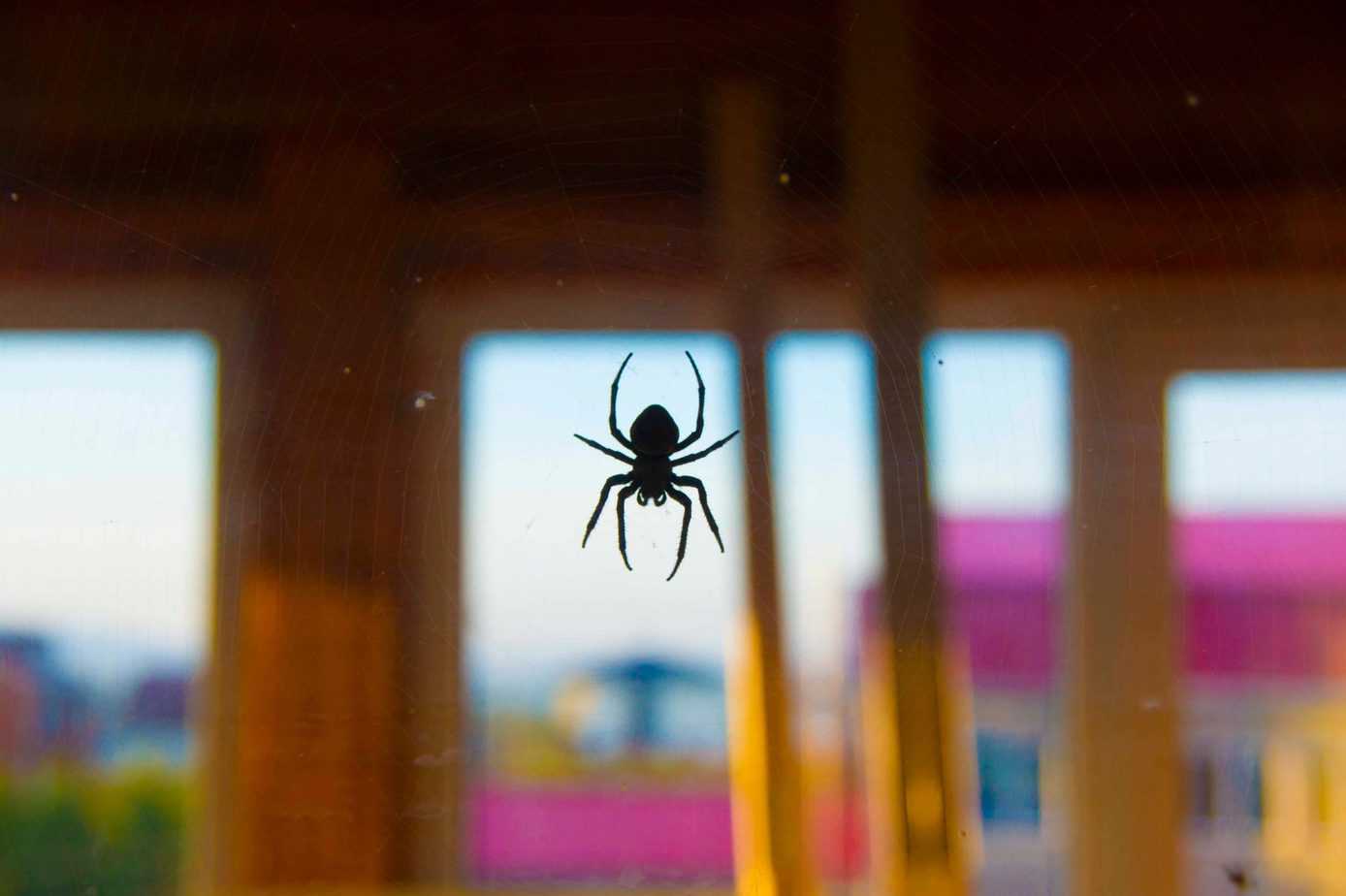
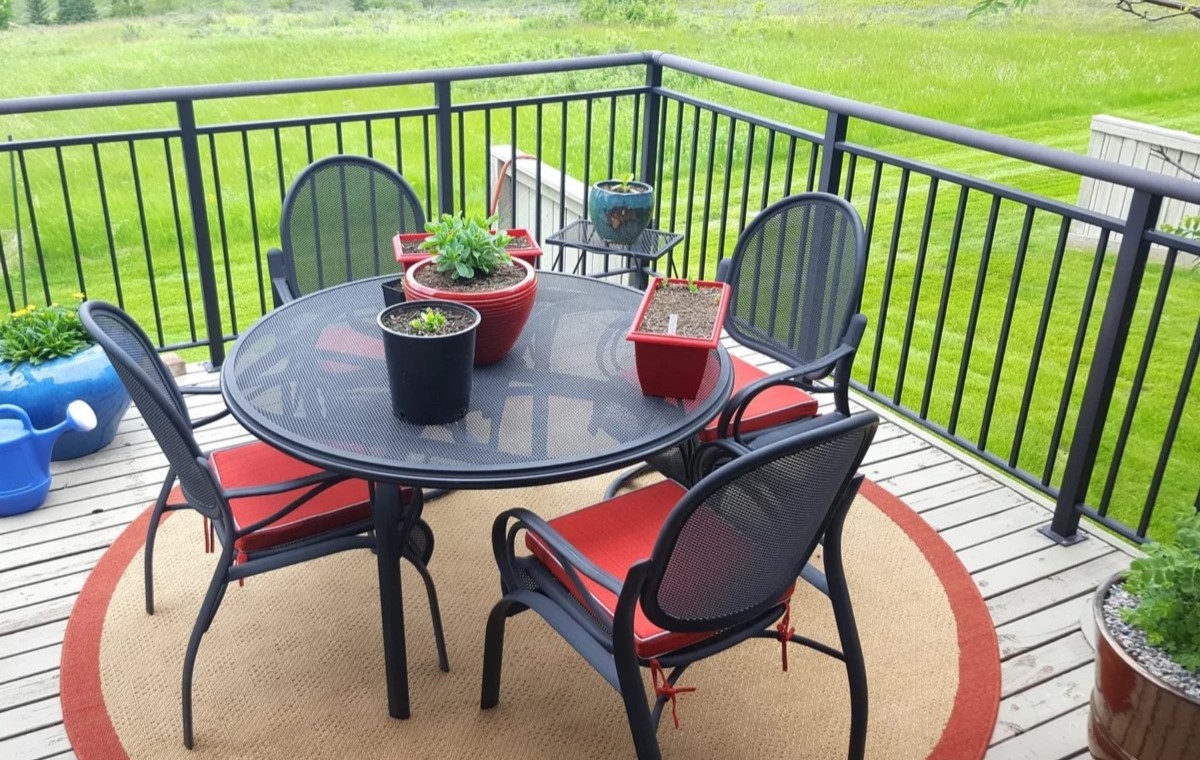
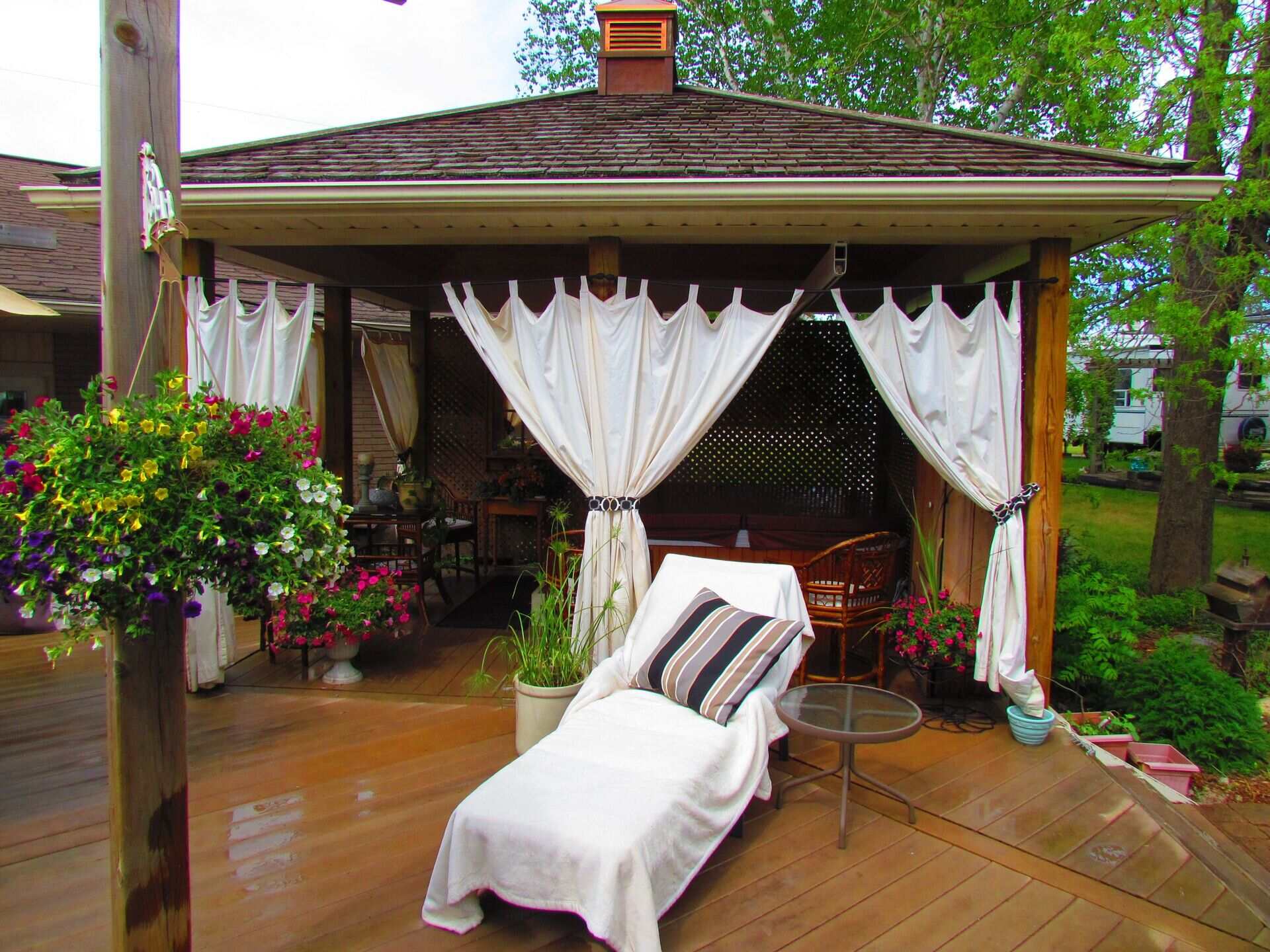

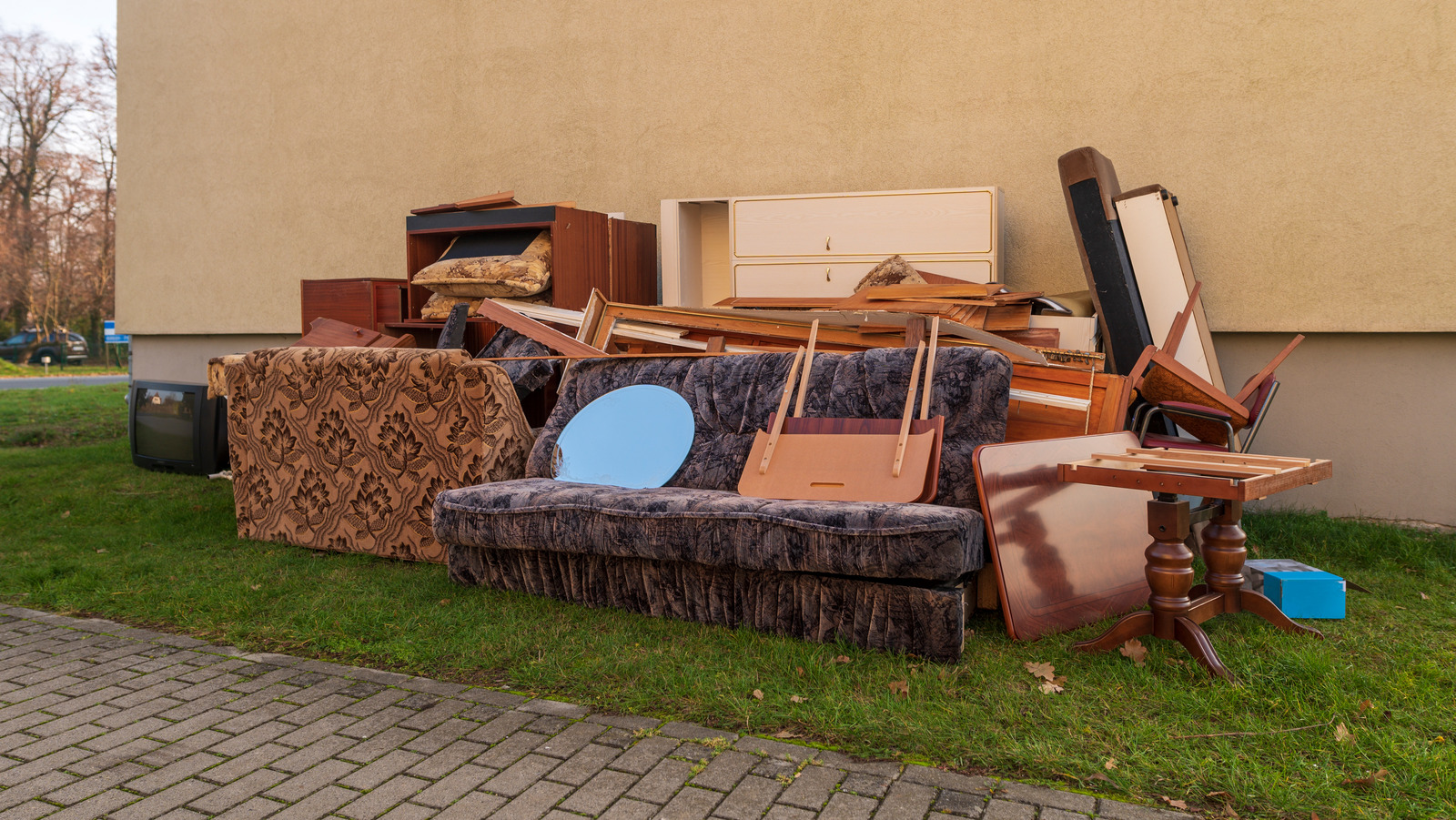
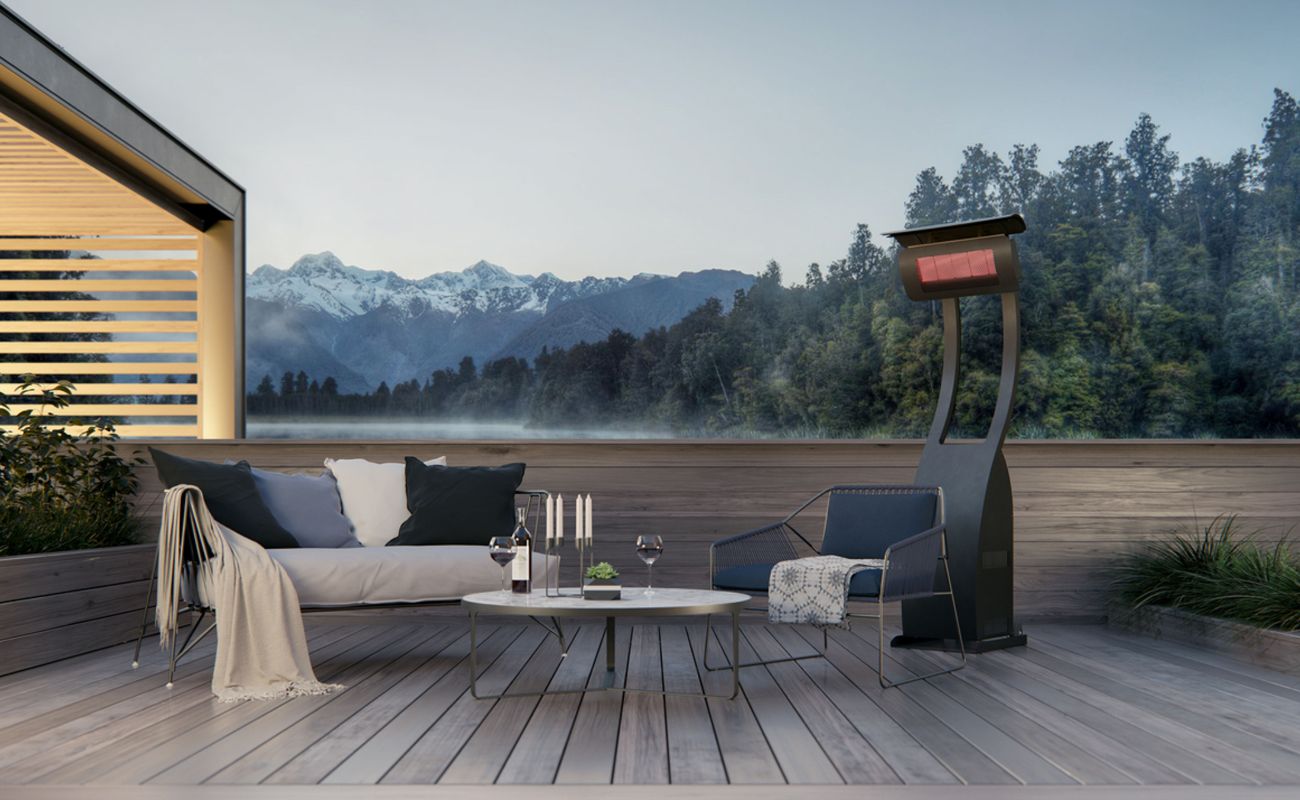

0 thoughts on “How To Prevent Patio Furniture From Blowing Away”